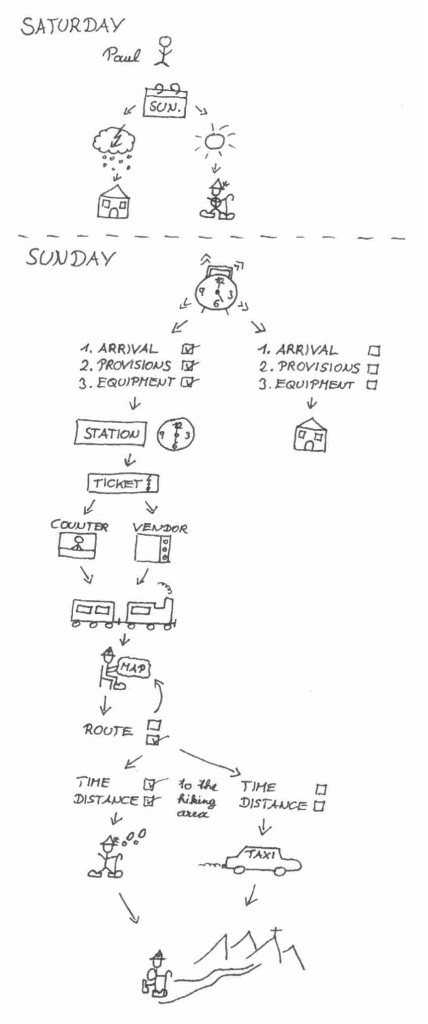BPM 2015, hosted by the University of Innsbruck and BPM Research Cluster, will take place in Innsbruck, from August 31 until September 3, 2015.
The BPM Research Track will focus on topics such as
- Relationship between business strategy and business processes
- Business process transformation and change management
- Success factors and measures in BPM
- BPM maturity
- Process monitoring and performance measurement
- Process mining
- Analytics and visualization of big process data
- etc.
The BPM Industry Track serves to exchange experiences and to support networking among BPM experts around the world. Organizations are invited to submit their cases and present them to an international audience.
The conference will also be complemented by several workshops, e.g.
- International Workshop on Process Engineering
- International Workshop on Business Process Intelligence
- Decision Mining & Modeling for Business Processes
- etc.
More information can be found on the conference website.

